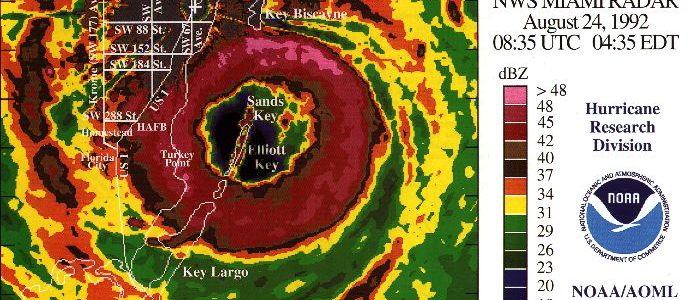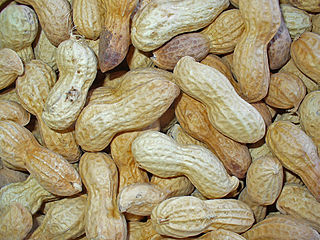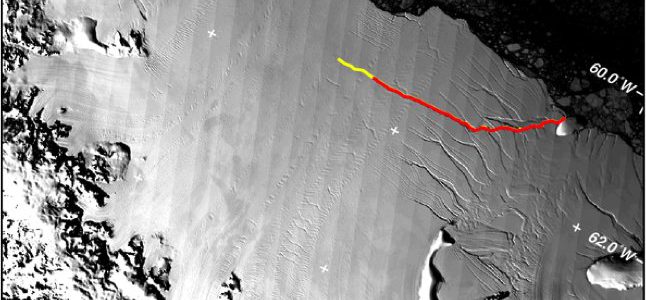-

Yahoo News reported this week that “rain, cold and high winds from the storms caused the loss of 133 acres (54 hectares) of pine and fir trees in the forests west of Mexico City, more than four times the amount lost to illegal logging this year. It was the biggest storm-related loss since the winter…
Posted in: Climate and Ag in the news -

In 1992 on August 24, Hurricane Andrew made landfall just south of downtown Miami as a major hurricane, causing incredible devastation across the south Florida peninsula before it emerged into the Gulf of Mexico on its way to a second landfall in Louisiana. My husband and I visited Miami ten months after Andrew hit and…
-

NOTE: Latest update on the bottom of this entry My Facebook feed has been jammed with posts from meteorologist friends uploading the latest computer models of where Investigation 99L might go and how strong it might get. (For those of you who don’t follow tropical weather news closely, Investigation 99L is an area of disturbed…
-

Brad Haire in the Southeast Farm Press noted today that the US Navy is considering adopting peanuts as an alternative energy fuel in the near future. They are mandated to provide at least 50 percent of their energy consumption from alternative fuels by 2020. Peanut oil is a good fuel for transportation but is currently…
-

While sea ice in Antarctica has seen some increases in recent years (although small compared to the losses of sea ice in the Arctic, which is losing ice at about ten times the rate that Antarctica is gaining it), the Larsen C ice shelf in western Antarctica has seen some troubling trends in recent years.…
-

Forbes magazine had an interesting video this week highlighting the history of viewing Earth from space, starting with rocket-based photography in 1946 and continuing through satellites to human space flight to planetary explorers. My major professor as a Master of Science student was Dr. Vernor Suomi, the “father” of satellite meteorology, who recognized the importance of…
-

While we’ve been watching the drought in the Southeast, many other areas of the country are also experiencing drought. NOAA published a country-wide overview of the drought in these regions at https://www.climate.gov/news-features/featured-images/drought-building-places-other-california earlier this month. NOAA also provided an update on the current neutral conditions and the likely transition into La Niña in their ENSO blog at https://www.climate.gov/news-features/blogs/enso/august-2016-enso-update-wavy-gravy. The…